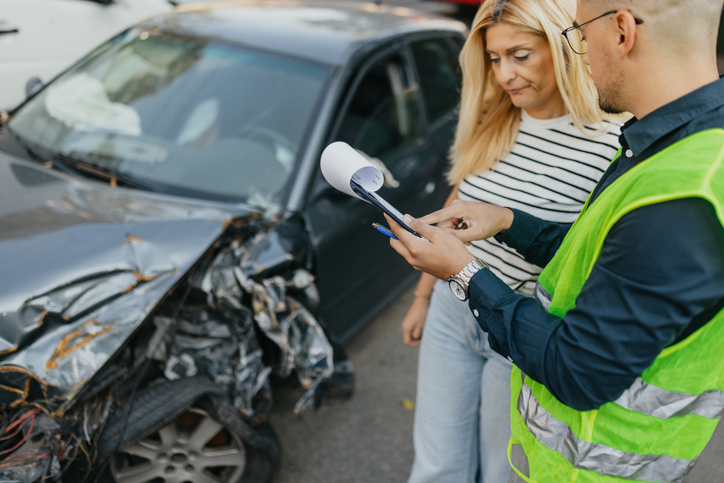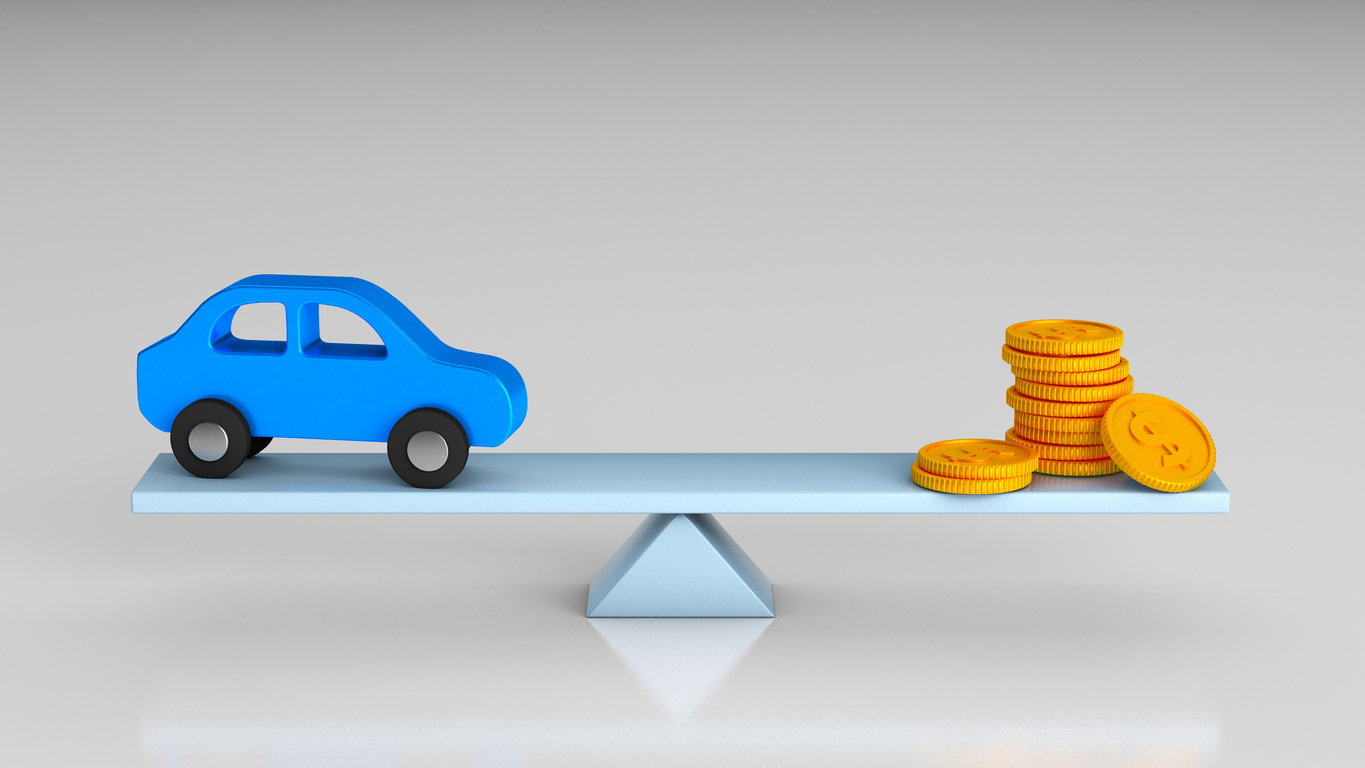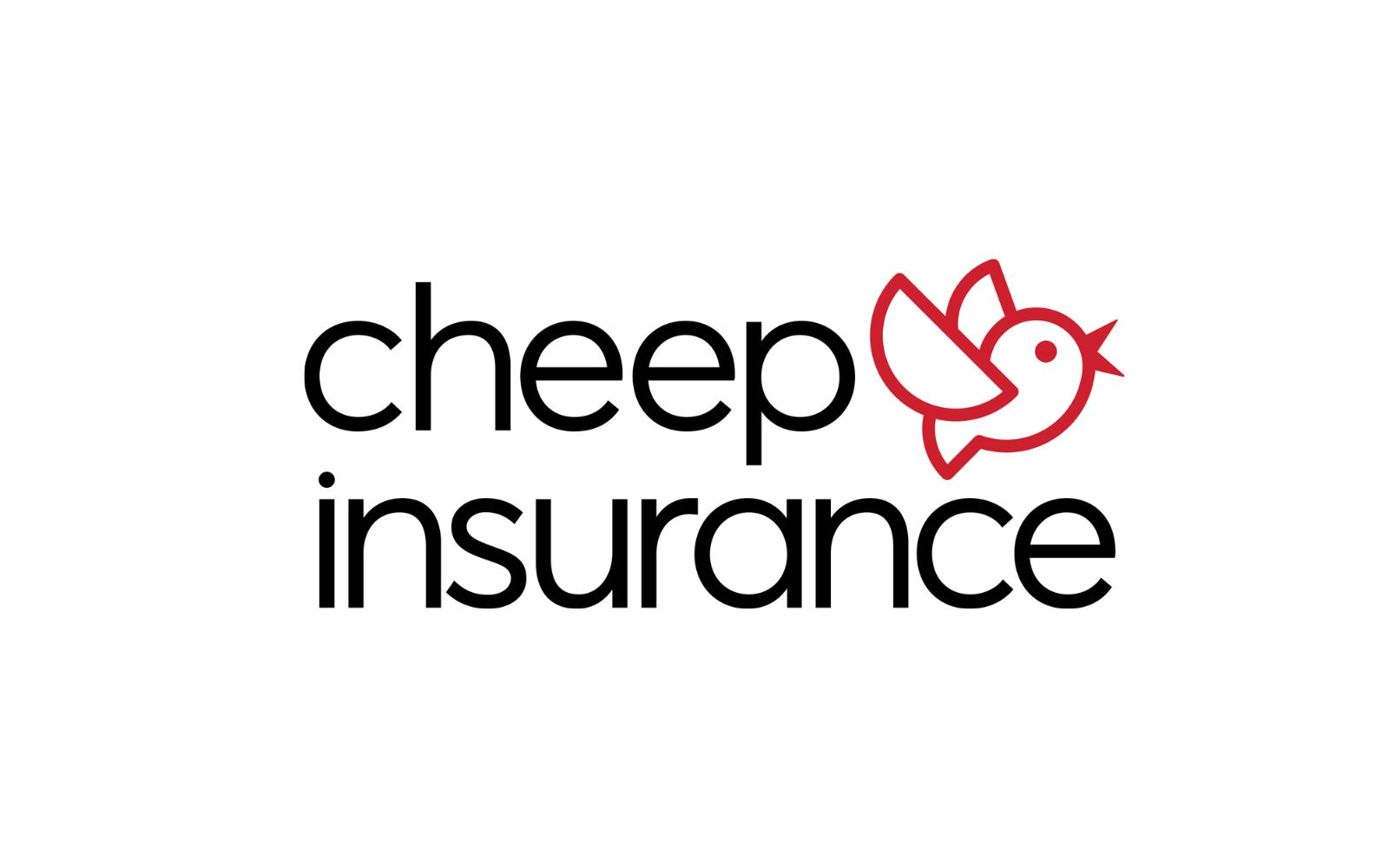What Happens If You’re in an Accident with an Uninsured Driver or involved in a Hit-and-Run?
Car accidents are stressful enough without the added worry of dealing with an uninsured or unidentified driver. Unfortunately, these situations do happen, and it’s essential to know how your insurance can help you. Whether it’s a hit-and-run or an accident with an uninsured driver, here’s what you need to know about how your insurance works, and how SEF 44 Family Protection Endorsement can come into play.
What Happens If You’re in an Accident with an Uninsured Driver?
If you’re involved in an accident with another driver who doesn’t have insurance, things can get tricky. In most provinces, insurance policies include something called Uninsured and Unidentified Automobile Coverage. This coverage is designed to protect you if the other driver does not have insurance or cannot be identified. It helps cover your medical expenses, damages to your vehicle, and other related costs. Under this coverage, you are entitled to claim the incident under your own policy.
What If It’s a Hit– and– Run or an Unidentified Driver?
In the case of a hit-and-run or if the driver who hit you cannot be identified, your insurance will treat the incident similarly to an accident with an uninsured driver. Your Uninsured and Unidentified Automobile Coverage will come into play to help cover the costs of injuries and damages. It is important to note that these coverages only apply when the uninsured or unidentified driver is legally liable or “at-fault” for the incident.
*Note that there are certain stipulations for this coverage, such as filing a police report within 24 hours. The sooner you contact your broker or insurance company, the better.
What Is SEF 44 Family Protection Endorsement?
SEF 44 is an additional coverage on your auto insurance. It’s designed to protect you and your family if you’re involved in an accident with an underinsured driver.
Here are the basics of how it works: If the damages from the accident exceed what the underinsured driver’s coverage will pay (based on their liability limit), this coverage kicks in to cover the difference, up to the limits of your own liability coverage. This means you’re not left paying out of pocket for damages that should have been covered by the other driver’s insurance.
For example, if you have a third-party liability limit of $1 million, and the person that hits your vehicle only has a limit of $500,000 – but the amount of the judgement is $750,000 – without this coverage, you would be left $250,000 short or have to take legal action for the rest. However, with SEF 44, your policy will kick in to pay the extra $250,000 to ensure proper coverage.
Why SEF 44 Is Important.
No one ever wants to think about being in an accident, especially with someone who doesn’t have insurance or who flees the scene. But accidents happen, and when they do, it’s crucial to have the right protection. Adding SEF 44 to your policy can give you peace of mind knowing that even in the worst-case scenarios, you and your family are covered.
How to Get SEF 44 on Your Policy.
Most brokers will opt to not sell auto insurance without this coverage, as it is so important. This includes our experienced brokers at Cheep Insurance. Talk to your insurance broker to ensure you are covered.
Final Thoughts.
Dealing with an uninsured driver, hit-and-run, or unidentified driver can be daunting, but understanding how your insurance works can ease some of that stress. In many provinces, your policy has you covered with Uninsured Automobile Coverage, and adding SEF 44 can offer that extra layer of protection. Make sure you’re fully covered so that if the worst happens, you’re not left with the bill.
*Please note all information presented is for general education purposes only. Coverage and claims advice must always be sought from your broker or claims adjuster.







 Most policies insured with Cheep Insurance are Agency Bill/IFS financed policies. You can determine who manages your payments by following the directions below. If you are still not sure who manages your payments, call our team as funds paid directly to the insurance company when they should go to IFS will cause large delays.
Most policies insured with Cheep Insurance are Agency Bill/IFS financed policies. You can determine who manages your payments by following the directions below. If you are still not sure who manages your payments, call our team as funds paid directly to the insurance company when they should go to IFS will cause large delays.